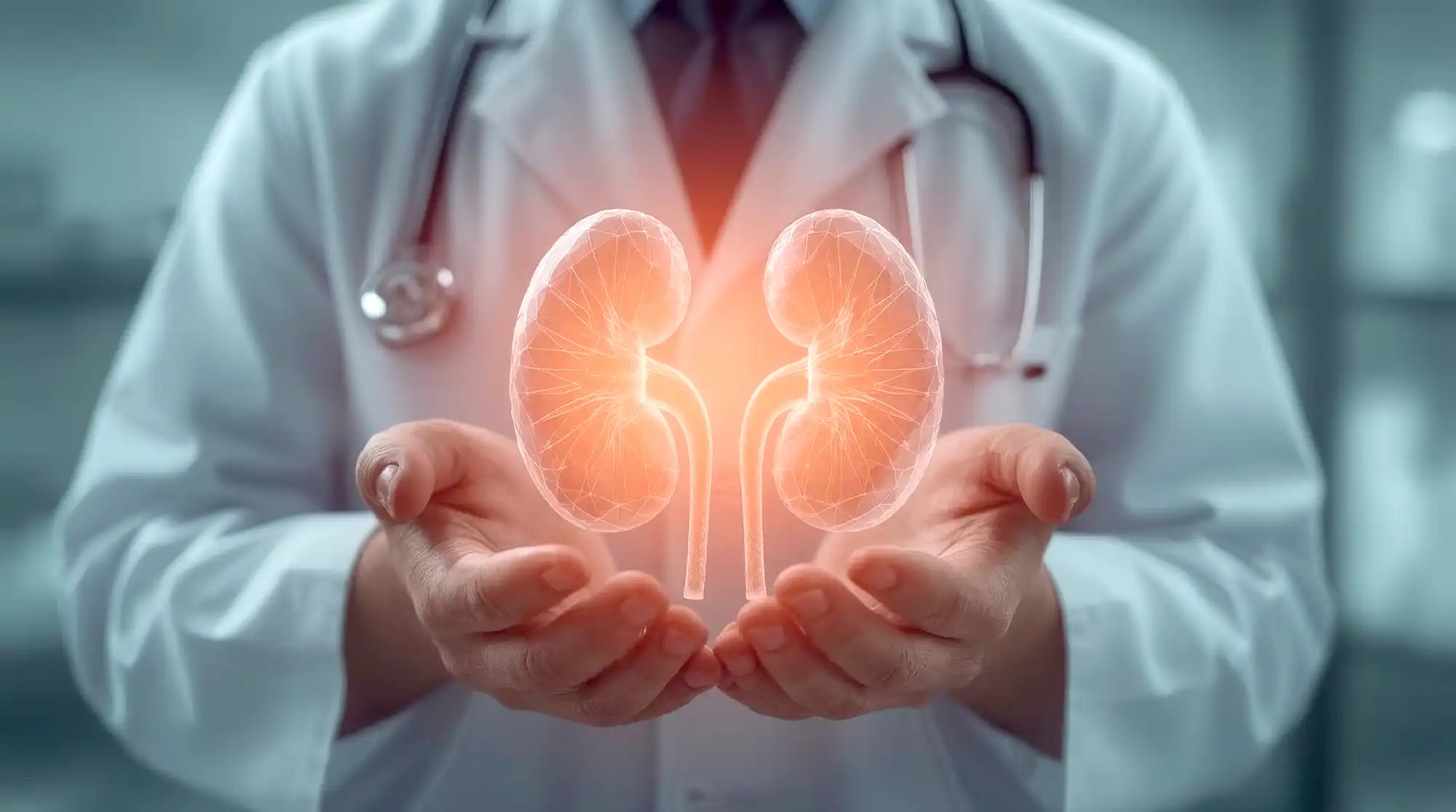Let’s talk about kidneys—the quiet multitaskers of your body. They’re not flashy like your heart or brain, but they’re working overtime to filter your blood, balance fluids, regulate hormones, and keep you feeling fabulous. And yet… most of us don’t think about them until something goes wrong.
Here’s the kicker: 1 in 10 people have chronic kidney disease, and most don’t even know it. That’s why we’re diving into 11 essential tips to protect your kidneys—starting with the first five in this post. Whether you’re a wellness warrior or just trying to make smarter choices, these tips are simple, doable, and backed by science.
Know Your Blood Pressure Readings
Blood pressure isn’t just a number your doctor rattles off—it’s a vital sign of how hard your heart is working to pump blood through your arteries. A healthy blood pressure is less than 120/80. If you’re in the 130–139/80–89 range, that’s Stage 1 hypertension. 140/90 and above? That’s Stage 2.
Why it matters: High blood pressure is the #1 cause of kidney failure. When pressure builds, it damages the tiny blood vessels in your kidneys. So grab a cuff, track your numbers, and talk to your doc if they’re creeping up.
Manage Your Blood Sugar
Excess sugar isn’t just a dessert problem—it’s a kidney problem too. Your Hemoglobin A1C tells you how sweet your blood has been over the past 2–3 months. A reading of <5.7% is normal, 5.7–6.4% is prediabetic, and >6.5% is diabetic.
Why it matters: Diabetes is the second leading cause of kidney failure. Uncontrolled blood sugar can damage your kidneys over time. Knowing your A1C is like giving your kidneys a heads-up before trouble starts.
Stay Active (No Gym Required)
You don’t need a Peloton, fancy gear or a personal trainer to protect your kidneys. Just move! Walk the dog, dance in your kitchen, garden, clean—anything that gets your body in motion counts.
Why it matters: Physical activity helps maintain a healthy weight and metabolism. Obesity increases your risk of chronic kidney disease, so every step counts (literally).
Limit High Sodium Foods
Sodium is sneaky. It hides in fast food, frozen meals, and even your favorite snacks. The recommended daily intake? Less than 2,000 mg—total, not per item.
Why it matters: Too much salt puts pressure on your heart and damages the delicate blood vessels in your kidneys. Read those labels and keep the shaker in check.
Focus on Potassium-Rich Foods
Here’s a twist: potassium helps balance out sodium’s mischief. Think bananas, sweet potatoes, spinach, and beans. The USDA now recommends >4,700 mg of potassium daily—a big jump from the old 2,000 mg.
Why it matters: A plant-based diet rich in potassium can help offset sodium intake and reduce your risk of hypertension and kidney disease. Your kidneys love leafy greens more than they love processed salty snacks.
Stay tuned for Part Two, where we’ll cover the remaining six tips to keep your kidneys happy, healthy, and humming along. In the meantime, share this post with someone who could use a kidney-friendly boost—and maybe grab a banana while you’re at it 🍌


Leave A Comment